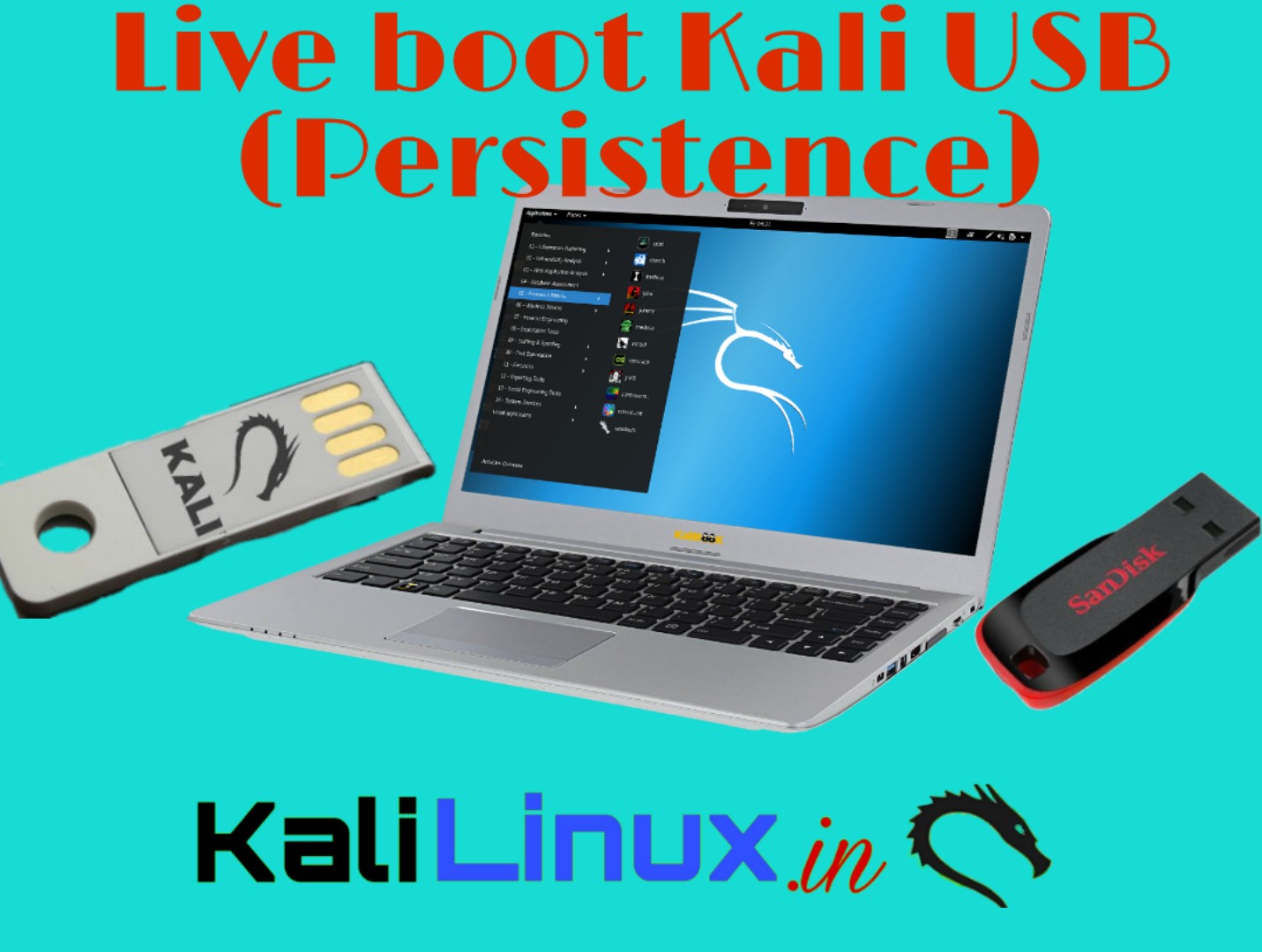

- #Create a bootable usb with kali linux for mac how to
- #Create a bootable usb with kali linux for mac mac os
- #Create a bootable usb with kali linux for mac install
- #Create a bootable usb with kali linux for mac driver
- #Create a bootable usb with kali linux for mac iso
You may like to boot with real computer or with your VirtualBox. Interested in playing with Linux, but not sure how to make a bootable ThumbdriveIn this video, I show you an easy way to do it under macOS, using balenaEtch. Here are some screen shots from my installation:
#Create a bootable usb with kali linux for mac iso
It will ask to attach Kali ISO.Īfter attaching Kali ISO image, every thing is the default installation of Kali. The only point is that attach created virtual disk to the new virtual machine as below: You should start VirtualBox with administrative privileges. VBoxManage internalcommands createrawvmdk -filename ".vmdk" -rawdisk /dev/disk# VBoxManage internalcommands createrawvmdk -filename ".vmdk" -rawdisk /dev/sda VBoxManage internalcommands createrawvmdk -filename "C:\Users\\VirtualBox VMs\\.vmdk" -rawdisk \\.\PhysicalDrive#
#Create a bootable usb with kali linux for mac driver
#Create a bootable usb with kali linux for mac install
Next download and install VirtualBox from this link. Requirements to Installing Kali Linux on USBįirst of all you should download Kali Linux ISO from this link.

Once I click Yes to All, UNetbootin shows the progress as shown in Figure 3.įigure 3. For example, when overwriting a previous Kali Linux image, this dialog box appears for me:įigure 2.

Now click OK to start the fun! You may receive an error message depending on the files already on the USB stick. These settings are shown in Figure 1.įigure 1. Verify that Type shows USB Drive and the Drive is set to your target USB stick. Now run UNetbootin.exe You don’t need to install it on Windows, just double-click the executable.Ĭlick the Diskimage radio button and specify the Kali Linux ISO that you downloaded. It should go without saying that things go faster when you plug a USB 3 stick into a USB 3 port, but a mismatch won’t hurt anything. I’m demonstrating this on Windows 7, so your mileage may vary on OS X or Linux.įirst, connect the USB stick to the computer. Now it’s time to setup Kali on the stick! This can be the same computer that you eventually install Kali Linux on, but it doesn’t have to be. You’ll need a computer to prepare the USB stick prior to installation. Whatever computer you’re using to download the Kali ISO and UNetbootin is fine. Faster USB memory speeds mean faster installations, but even a slowpoke stick will be fast enough for setup. Although you can get away with a 4GB stick, I prefer an 8GB USB 3 stick for speed and future expansion.
#Create a bootable usb with kali linux for mac mac os
UNetbootin software from UNetbootin – Homepage and Downloads. Download the latest version for the platform you’re currently running – versions are available for Windows, Mac OS X, and several flavors of Linux including Debian, Ubuntu, Fedora, and Arch.Download either the 32-bit or 64-bit version depending on the hardware you’re eventually installing Kali on. The current Kali Linux ISO from Kali Linux Images.In this blog I’ll show you how to prepare the USB stick. There’s tremendous reusability value in preparing an installation stick, as you can use a single stick to install Kali Linux whenever and wherever you need it. To do that, I typically create a bootable installation on a USB stick and then install from the stick to a dedicated hard disk partition. I want to get the best possible performance out of Kali. It is freely downloadable from as an ISO. I use it extensively when doing Wi-Fi penetration testing, network security evaluations, and security audit tasks. Kali Linux is an ultra-powerful security tool.


 0 kommentar(er)
0 kommentar(er)
